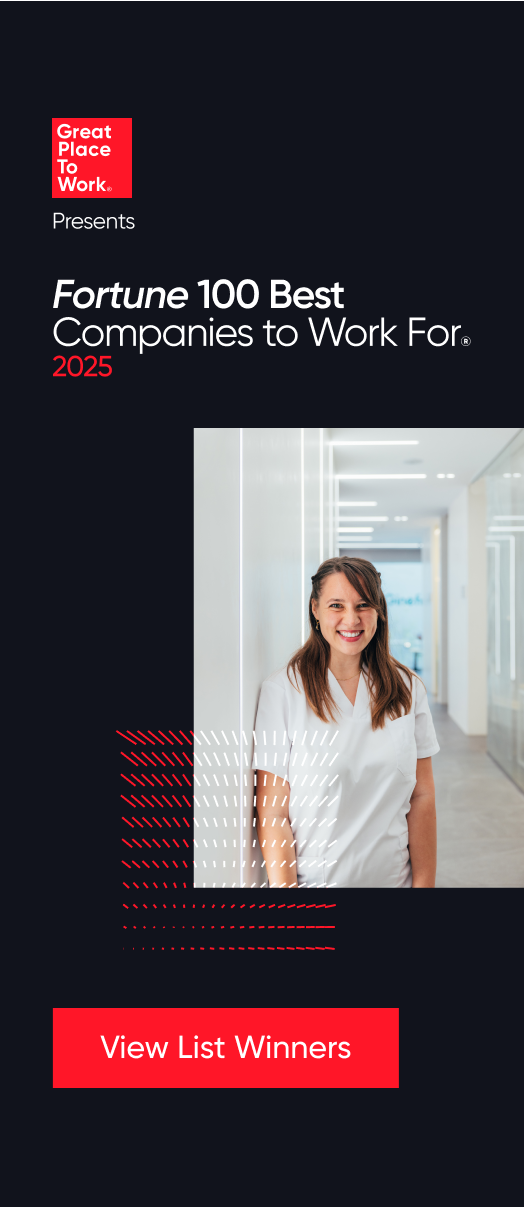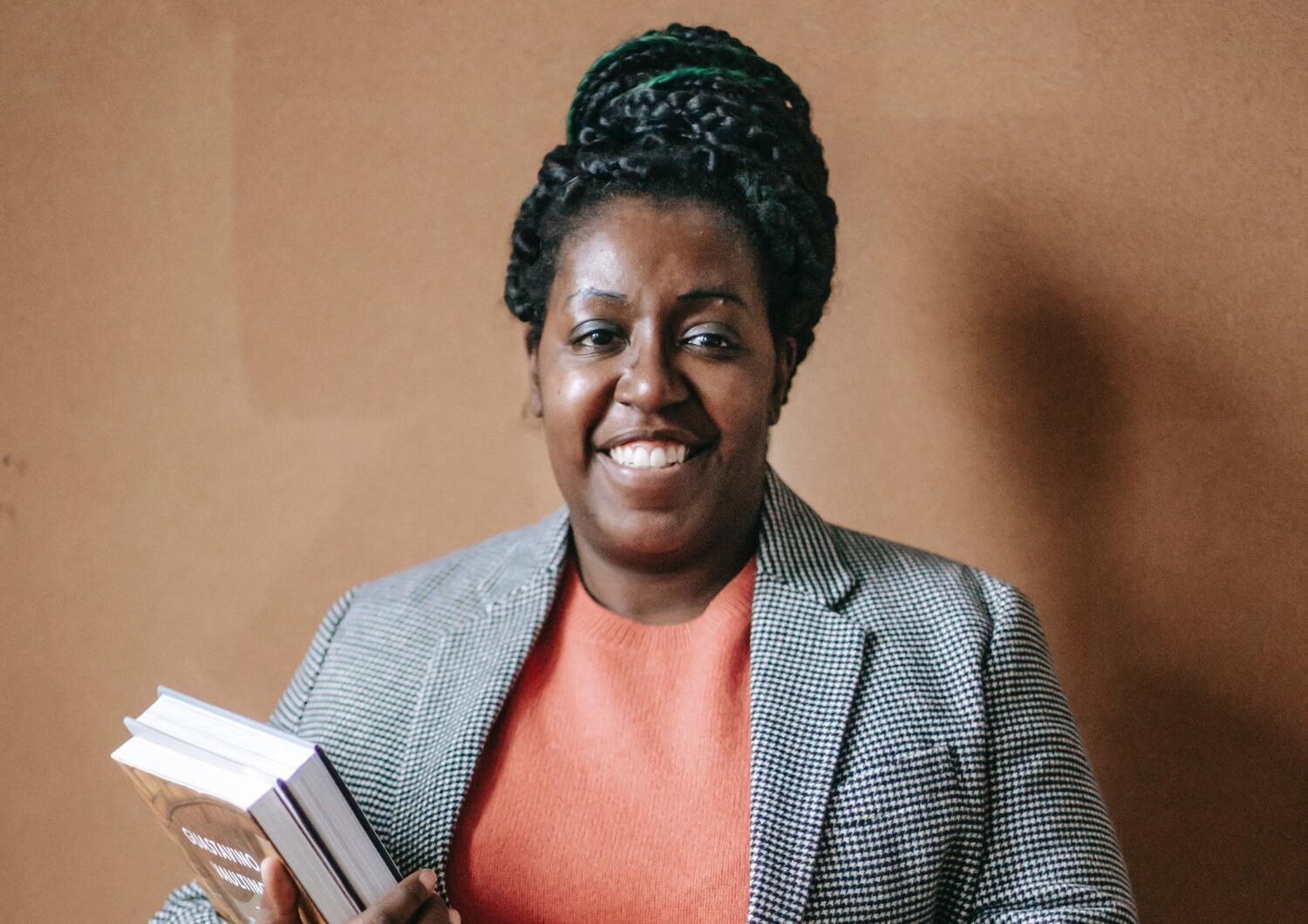Belonging, Black employees, DEIB
The national theme for Black History Month in 2024 is “African Americans in the Arts.” Here’s how that theme can inspire workplaces looking to celebrate the Black experience.
Art has always been an important part of how I understood my identity. It has become a powerful tool for sharing my authentic voice and full self in the workplace.
My aunt Patricia is a photographer, and from an early age, my brother and I had a camera around our necks as she taught us the fundamentals of taking photos. She served in the miliary, worked for a major telecom company, and took photos in between. We spent much of our childhood looking through the lens or being subjects.
Attend our annual company culture conference May 7-9, 2024
She also worked in downtown Seattle eight hours a day for a Fortune 50 company. She was a black woman in the early 80’s working in corporate America. I can only imagine what having a creative outlet meant to her.
As a creative worker, I’ve come to appreciate her position and what it means to cultivate your creativity, and why creative expression is such a vital practice for folks who look like me.
In the workplace, where logic, directives, chain of command, and process often rule, being an artist at work can be difficult to balance. Add being Black into the equation and it can be hard to find your space, or even know how to act.
Art expresses identity
I didn’t consider myself an artist until moving to San Francisco in the mid-90’s and being immersed in college life, Haight Street, and the general diversity of the city. I found a niche in poetry and music, where I joined a band, became an emcee, grew my hair out, and played shows.
I brought with me the spirit and influence of the artists whose experience of being Black in the world shaped my perspective and my expression. Writers like Richard Wright exposed me to Chicago in the 40s. James Baldwin took me to France in the 70s. Musicians like Jimi Hendrix, Sly Stone, and James Brown made it OK to be Black and proud. I learned I had a duty to express myself, on behalf of myself, and in concert with my Black community.
The workplace was no different.
Early in my work career, I challenged myself to show up authentically. I rely on my values and my lived experience to strike a balance between my work life and my personal life. Using the voice I honed as an artist, I learned the power that just being present can have in an important meeting or when working with business leaders at some of the biggest brands in the U.S.
How sharing creates belonging
At Great Place To Work®, we know a core tenant of trust is a sense of respect: Do you feel respected by leaders in the organization and by your peers? Our Trust Index™ Survey measures if employees feel they can be their full self at work, and if they believe leaders show a sincere interest in them.
When a manager knows more about their employee — their hobbies, passions, favorite foods, etc. — they are able to reinforce this sense of belonging.
After my first 90 days at Great Place To Work, my people manager presented me with a “gold record” to celebrate the milestone. The gesture demonstrated she saw my true identity, my passion for music, and my history as an artist — and she made it feel OK to bring those parts of myself to the job. That simple recognition was an early sign that I could be my authentic self, and leaders at the company would not only accept that unique perspective, but value and honor it.
How you can encourage artistic expression
Nurturing your employee’s creativity, whether they identify as an artist or not, is good for people. Authentic expression is a foundation for employee belonging — a crucial piece of the puzzle for workplace culture. Here are a few ways you can help employees bring their creativity to the work they do at your workplace:
1. Show sincere interest in your employees in a psychologically safe environment. Create a welcoming place for employees — some who may have experienced a stigma when bringing their “personal” life into the workplace — to let others know about their creative interests.
2. Bring art and creativity into the workplace. Have your next offsite or gathering at an art gallery, museum, or other culturally relevant location, or partner with local artists to showcase their specialty in relation to your work. Find opportunities to talk about problem solving through the lens of creativity and inspiration.
3. Embrace deep work. Most employees need space to engage deeply with their work, and this can be often for self-described creatives. “No meeting days,” “no distraction days,” or “flow mornings” can help minimize disruption and help employees find the space to innovate and create.
Subscribe
Subscribe to the Great Place To Work newsletter and learn how to create a high-trust workplace regardless of where, when or how your employees work.











